- Home
- slideshows
- miscellaneous
- Google Chrome's number-one competitor claims it fixes one of the biggest problems with Chrome - here's how to see if works for you
Google Chrome's number-one competitor claims it fixes one of the biggest problems with Chrome - here's how to see if works for you
For Mac users: (Keep reading for Windows 10)

1. Download and install Firefox.
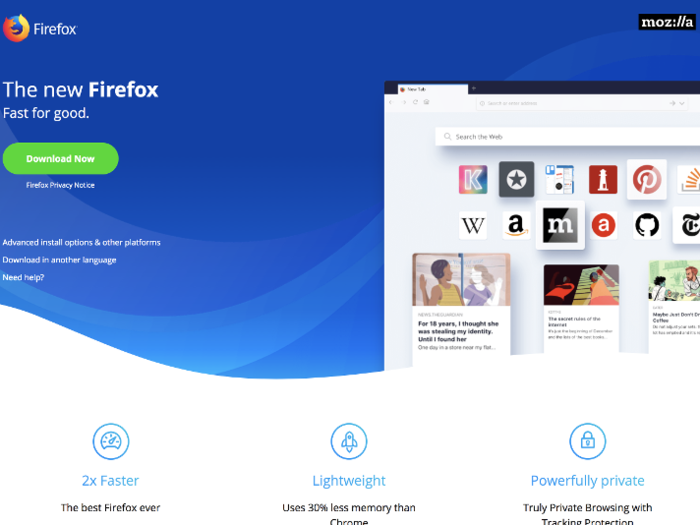
2. Go into a Guest Account on your Mac. See below for instructions.
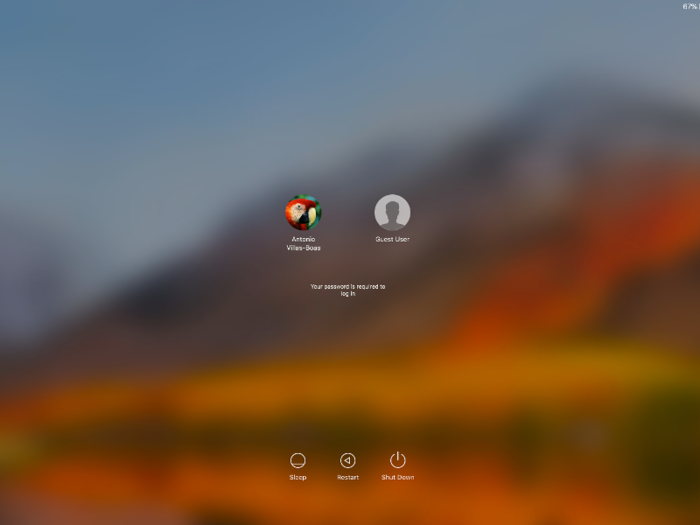
This step is important — the Guest Account is as close as you can get to having a brand-new Mac with nothing installed on it. It means that when you open up Chrome or Firefox, no other extensions or default homepages will load, meaning you get the "pure" experience. You'll need that for your testing purposes.
1. Click the Apple logo on the top left of your screen.
2. Click Log Out.
3. In the login screen, click Guest.
3. Open Chrome on its own, and open between 10 to 30 tabs with different websites in each tab. Make a note of the websites you load in each tab.

4. Now, see how much RAM Chrome is using.
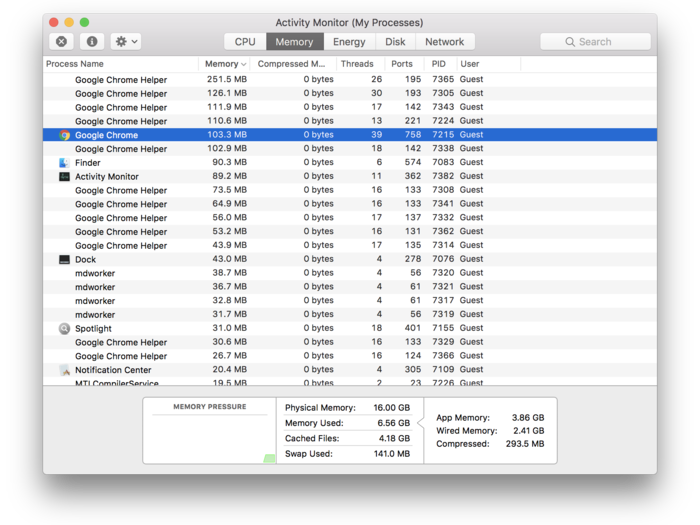
You can see how much RAM an app is using in the Activity Monitor app on macOS.
1. Press and hold the Command button, then press the space bar.
2. Type Activity Monitor, and press Enter.
3. Click the Memory tab towards the top.
4. Find Chrome. You might need to scroll down in Activity Monitor to find your browser. It should have Chrome's logo.
5. Click on Chrome in Activity Monitor.
While Activity Monitor does show you how much RAM an app like your web browser uses, it doesn't show you everything in a neat little package. Follow the next step to get that an overall look at how much RAM your browser is using.
6. Click the small "i" button towards the top left of Activity Monitor.
7. Note the number for "Real memory."
5. Now, close Chrome and open Firefox, and load the same tabs and website as you did with Chrome.

6. Follow step 4 again to see how much RAM Firefox is using.
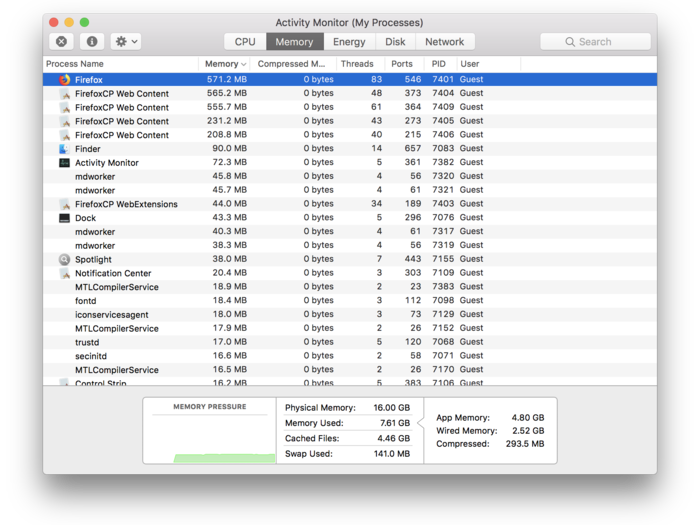
You can compare how much RAM each browser used running the same amount of tabs and websites. That should give you an idea of which browser is using more — or less — RAM.
In my case, Firefox is using significantly more "real" and "virtual" memory than Chrome does running the same 10 websites. I also tried this with 30 tabs, Firefox's "sweet spot," and found that it still used up more RAM than Chrome. But that may not be the case for you.
For Windows 10 users:
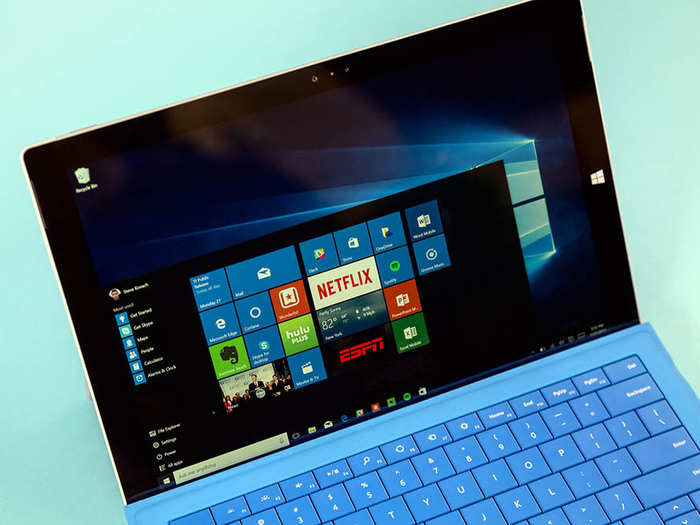
Windows 10 doesn't have a "guest" mode like macOS does, so you'll have to do something a little differently than Mac users.
1. Get Chrome to its purest form — minus your profile, any extensions, or other things that could affect the result.
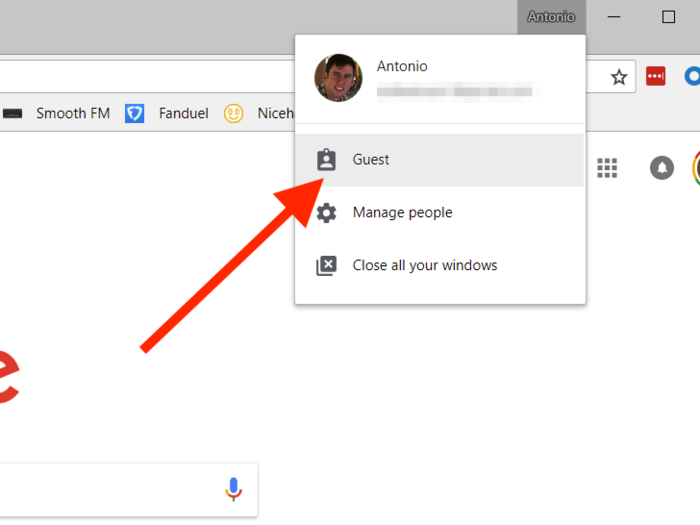
In Google Chrome, click your account name on the top right, then click "Guest." A new guest account window will pop up. You'll need to close the other Chrome windows to get the purest form of Chrome.
This more pure Chrome won't have any of your extensions or preferences set, giving you a slightly more scientific baseline for your tests.
2. In this more pure form of Chrome, load up between 10 to 30 tabs with different websites in each tab.

3. Check how much RAM Chrome uses.
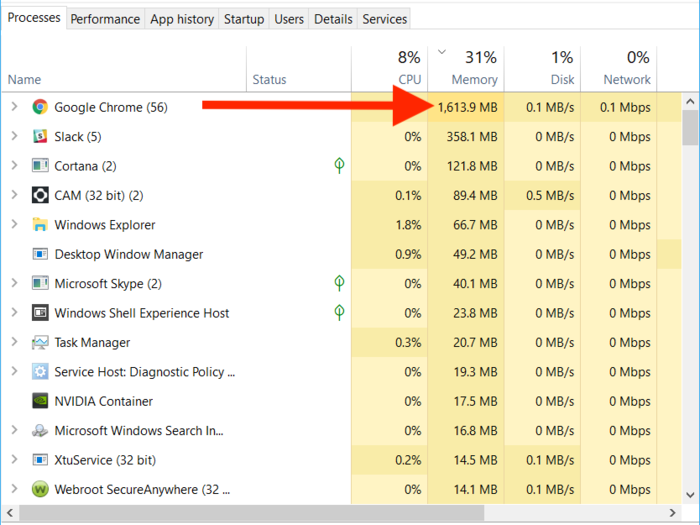
1. Press the Control, Alt, Delete buttons simultaneously and click Task Manager.
2. In the Task Manager window, find your browser and note the number in the Memory column.
5. Load up the same number of tabs and same websites from your Chrome test.

6. Perform step 3 again to see how much RAM Firefox uses for the same tabs and websites.
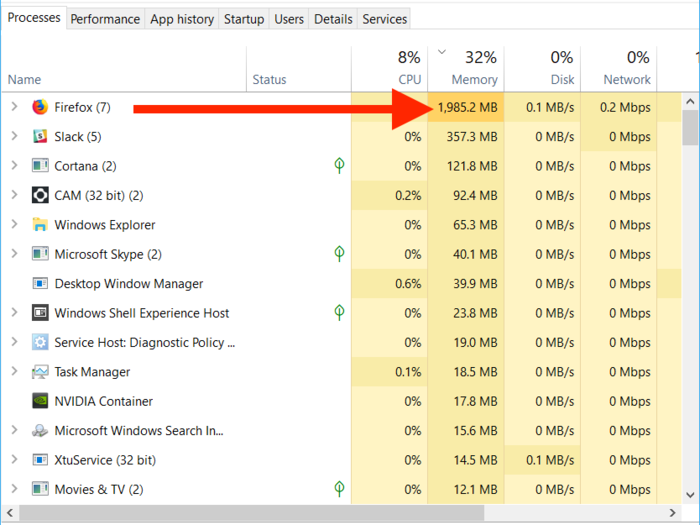
Whatever browser has a higher number in the Memory column of Task Manager while running the same tabs and websites is more likely to slow down your computer.
On Windows, I found the same result as on macOS: Firefox uses more RAM than Chrome.
Whether this makes you switch to the other browser, that's up to you.

At least you know for sure which browser uses up more of your computer's RAM. If you find that your browser uses more RAM than the other, don't feel the need to switch. If you're comfortable with it, and it works for you most of the time, keep using it.
Popular Right Now
Popular Keywords
Advertisement